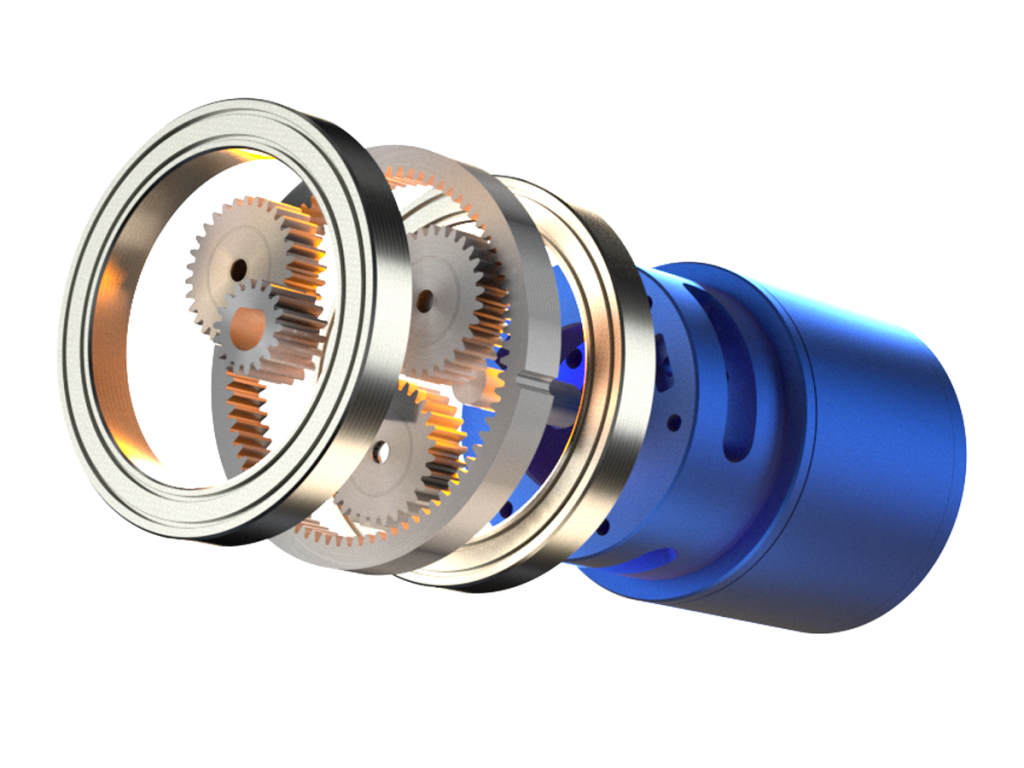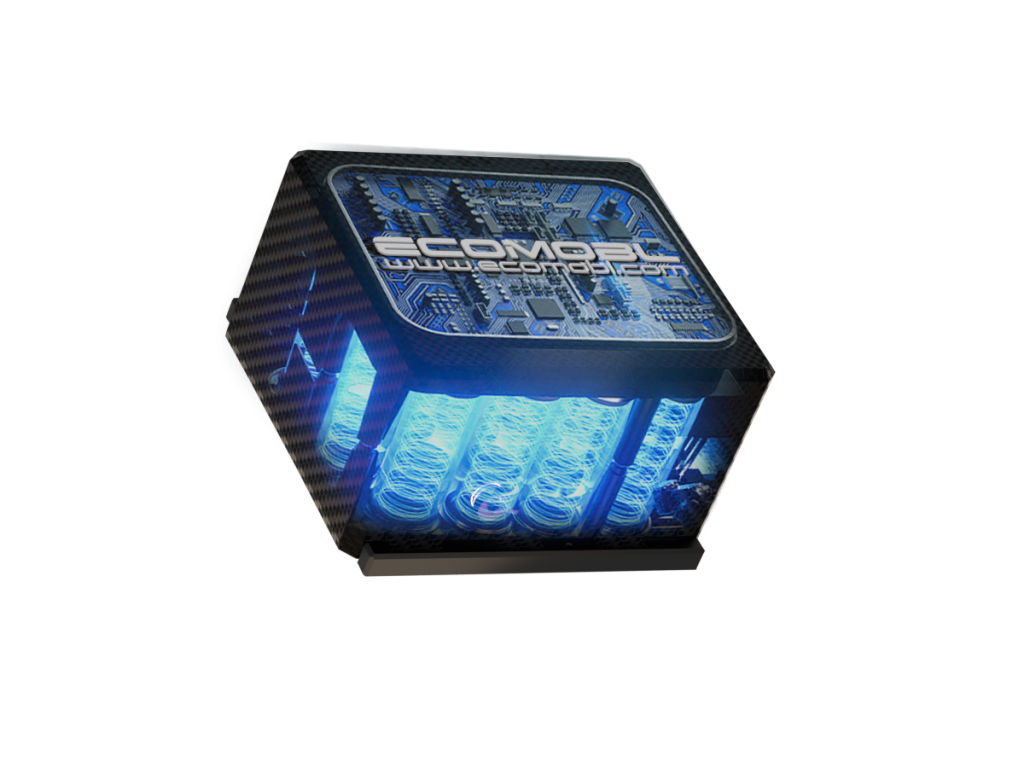Want to build your own electric skateboard, but are new to this? Well, you’re in the right place. First, get to know the core of electric skateboards, the drivetrain. Think of your electric skateboard drivetrain as the engine system of a car. Just like a car needs an engine, transmission, and fuel tank to move, your e-skateboard needs a motor, controller, and battery.
Building your electric skateboard drivetrain might seem scary at first, but it’s actually like putting together a really cool puzzle, except this puzzle can go 25 mph when you’re done. Let’s start with how it’s composed:
What are the Drivetrain Components?
First, your electric skateboard drivetrain has three main parts that work together. Every part needs to play its role perfectly to make a good drivetrain.
Motor: The Power Source
The electric skateboard motor is what actually moves your board. It’s like the engine in your car – it takes electricity and turns it into spinning power. But there are three different types, and each one works differently.
Belt Drive Motors sit next to your wheel and use a rubber belt (like a fan belt in a car) to spin the wheel. You can see all the parts, which makes them easy to work on. Plus, you can change the belt setup to make your board faster or more powerful. The downside? They’re more exposed to dirt, and the belt needs regular checking.
Hub Motors are motors that live inside your wheels. Imagine if your car’s engine was built into each tire – that’s what hub motors are like. They look super clean because you can’t see them, but they can get hot easily and are harder to fix when something goes wrong. They’re perfect if you want your board to look sleek and don’t plan to do any crazy riding.
Planetary Gear Motors represent the next evolution in e-skateboard technology. Like advanced hub motors, they’re integrated into the wheel for a clean look, but use internal planetary gears to multiply torque efficiently. Ecomobl has perfected this technology, delivering both the sleek aesthetics of hub motors and the performance advantages of belt systems. The internal gearing provides excellent torque multiplication while maintaining reliability and reducing maintenance needs.
When comparing hub motors vs. planetary gear drives, belt drive motors vs. planetary gear drives, it’s essential to weigh aesthetics against performance and maintenance needs.

What to Look For:
- Power (Watts): More watts = more power for hills and acceleration.
- Torque: This is your “pulling power” – higher torque means better acceleration.
- KV Rating: Higher KV = higher top speed, lower KV = more torque.
ESC: Brain of the Board
The Electric Speed Controller (ESC) is like the nerve center of your electric skateboard. When you press the throttle on your remote, the electric skateboard ESC instantly calculates how much power the motor needs to respond, and keeps adjusting this power flow in real time.
Your ESC does three main jobs:
- Translates your remote signals into motor commands.
- Protects your equipment from overheating or drawing too much power.
- Manages braking by turning the motor into a generator.
Important ESC Facts:
- Your ESC must match your battery voltage (more on this below)
- Good ESCs have safety features that prevent damage
- Advanced ESCs let you customize how your board accelerates and brakes

Battery: Fueling Your Ride
Your electric skateboard battery is like a gas tank, except it also determines how much power your motor can use. Bigger batteries give you longer rides, but they also weigh more. Battery maintenance is crucial to ensure longevity and efficiency.
Battery Types:
- Lithium-ion (Li-ion): Reliable and safe, like the batteries in most phones and laptops.
- Lithium Polymer (LiPo): Lighter and more powerful, but need more careful handling.
Key Battery Numbers:
- Voltage (V): Higher voltage = higher speed potential. Most e-skateboards use 24V-50V.
- Capacity (Ah): This is your “tank size.” More Ah = longer rides.
- Discharge Rate (C): How fast the battery can give up its power. Your motor needs a certain amount, so your battery’s C-rating must be high enough.
*Simple Battery Math: If you have a 10Ah battery with a 10C rating, it can safely provide 100 amps of current (10 x 10 = 100).

How to Build an Electric Skateboard Drivetrain?
Now let’s put it all together. Take your time with each step; rushing here leads to problems later.
STEP 1: Deck Prep
First, you need to prepare your skateboard deck (the wooden board part).
What to do:
- Choose your deck material – Make sure the deck material is strong enough; bamboo, maple, or carbon fiber work well.
- Mark your holes – Measure twice, mark where your trucks and motor mounts will go, and drill once!
- Drill carefully – Start with small holes, then make them bigger. Also, smooth out the sides with sandpaper so they don’t break.
Pro tip: If you don’t want the wood to break when you drill, put a piece of tape over the area.
STEP 2: Truck Installation
Trucks are the metal T-shaped parts that hold your wheels.
What to do:
- Use good bolts – Prioritize stainless steel as they won’t rust.
- Make sure they’re straight – Crooked trucks will make your board hard to control.
- Tighten properly – Tight enough they won’t come loose, but don’t strip the threads.
STEP 3: Motor Mounting
Time to attach your motor to the truck.
What to do:
- Line everything up – The motor must connect properly with the planetary gear system inside the wheel.
- Make sure it fits tight – The motor and gear connection should be snug with no wiggling.
- Tighten all bolts evenly – Don’t fully tighten one bolt before starting the others.
- Give it a spin – Turn the wheel by hand to make sure everything moves smoothly.
STEP 4: No Belt Needed!
With planetary gear systems like those from Ecomobl, this step is simplified since the gearing is pre-integrated into the wheel assembly.
What to do:
- Verify motor compatibility – Ensure your chosen motor matches the planetary gear specifications
- Check gear ratios – Most planetary systems offer optimal ratios pre-configured
- Secure wheel assembly – Mount the integrated wheel-motor unit to your truck
- Test rotation – Ensure smooth operation without binding
STEP 5: Wiring Electronics
The scary part for many people, but it’s actually pretty simple if you take it step by step.
What to do:
- Match the connectors – Most parts come with matching plugs.
- Check polarity – Red goes to red, black goes to black.
- Secure everything – Use zip ties or tape to keep wires from moving around.
- Test before riding – Turn everything on and test at low speed first.
And you are all set! But don’t forget to test before you use it.
What Mistakes Can Ruin a Drivetrain Build?
Beginners, learn from other people’s expensive mistakes and make your experience smoother:
- Wrong Parts Together: Like trying to put car tires on a bicycle – make sure your motor, ESC, and battery all work together. Check the voltage and current ratings.
- Overtightening Bolts: Tighter isn’t always better. Follow the torque specs, or you’ll strip threads or break parts.
- Battery Safety: Lithium batteries can catch fire if damaged. Always use the right charger, don’t drop them, and keep connections clean.
- Ignoring Discharge Rates: If your battery can’t supply enough current, you’ll lose power when you need it most.
- Planetary Gear Issues: Sealed systems are low-maintenance, but check for unusual noises or reduced performance that might indicate internal wear.
- Wiring Mistakes: Double-check your connections to avoid damage. A miswired setup could burn out expensive parts in an instant.
How to Maintain a Drivetrain for Smooth Rides?
Finally, take the time to check your electric skateboard often and handle it with care to keep it running well:
Weekly Checks:
- Listen for unusual noises from the planetary gear housing.
- Check for any oil leaks around gear seals.
- Clean dirt off your motor housing and wheel assembly.
Monthly Checks:
- Check all bolts for tightness.
- Test your battery voltage.
- Look for any loose wires.
Battery Care:
- Don’t let it get completely dead.
- Store it at about 50% charge if you won’t use it for a while.
- Keep it between 60-80°F when possible.
Planetary Gear Care:
- Avoid submerging in water despite the sealed design.
- Check the gear housing for any cracks or damage after hard impacts.
Getting Your Drivetrain Right
Building an electric skateboard drivetrain can feel tricky for a beginner, but once you get the basics, it’s simple. And the best part of building your drivetrain? If something breaks, you’ll know how to fix it because you built it yourself and know everything.
Start with quality parts that work well together, take your time, and always check for safety.




